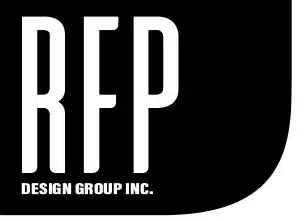Custom Office Furniture
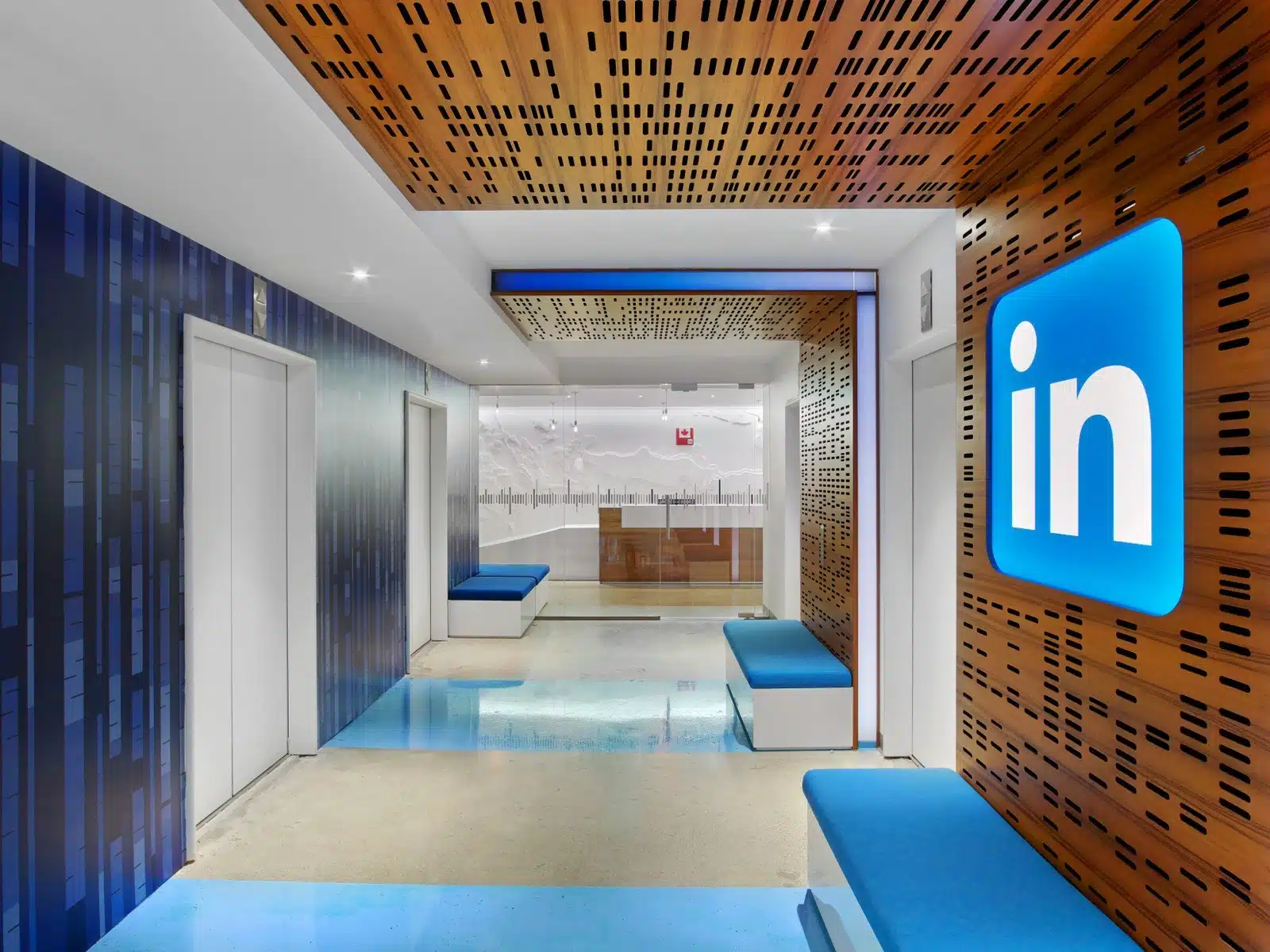
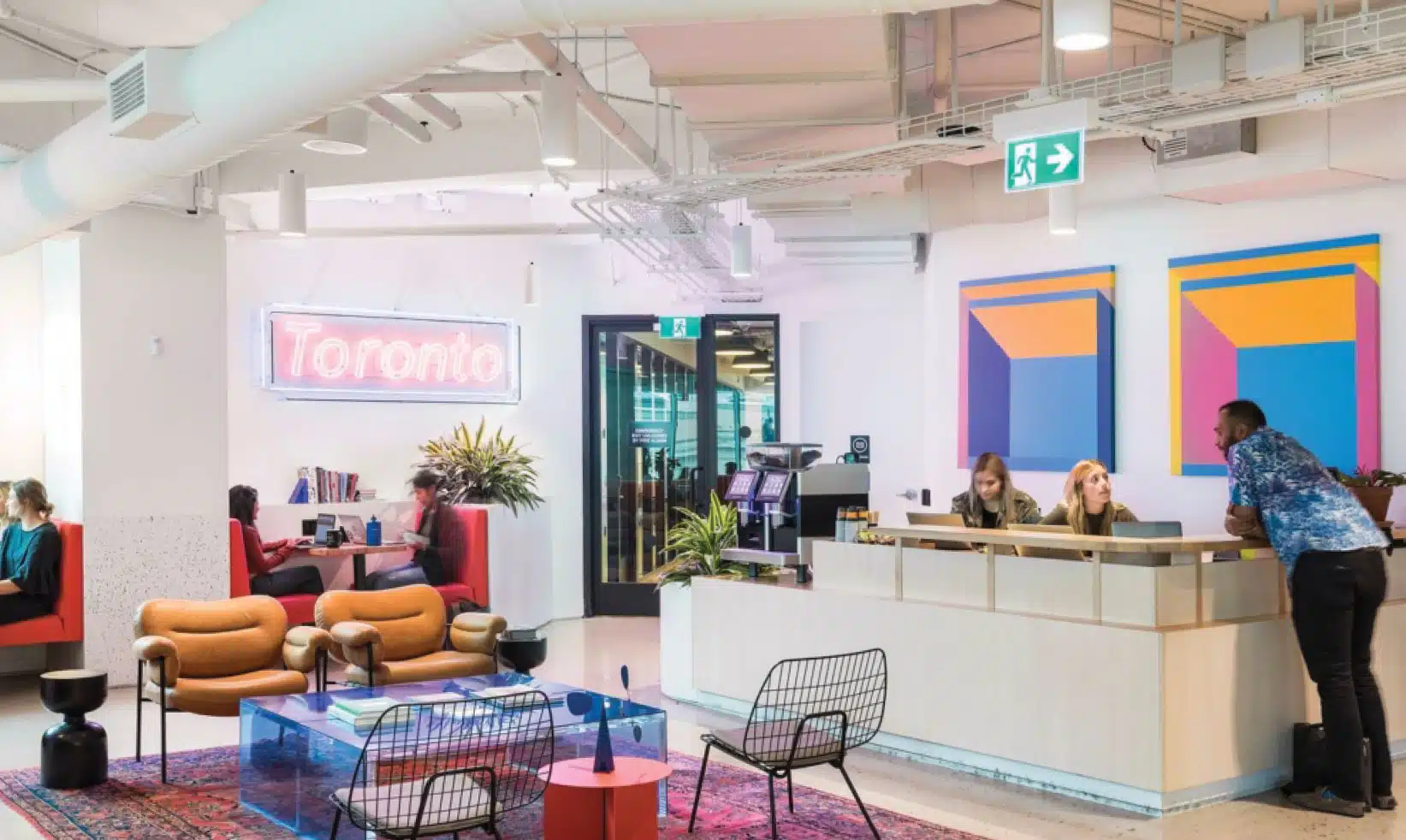
Custom Reception Desk
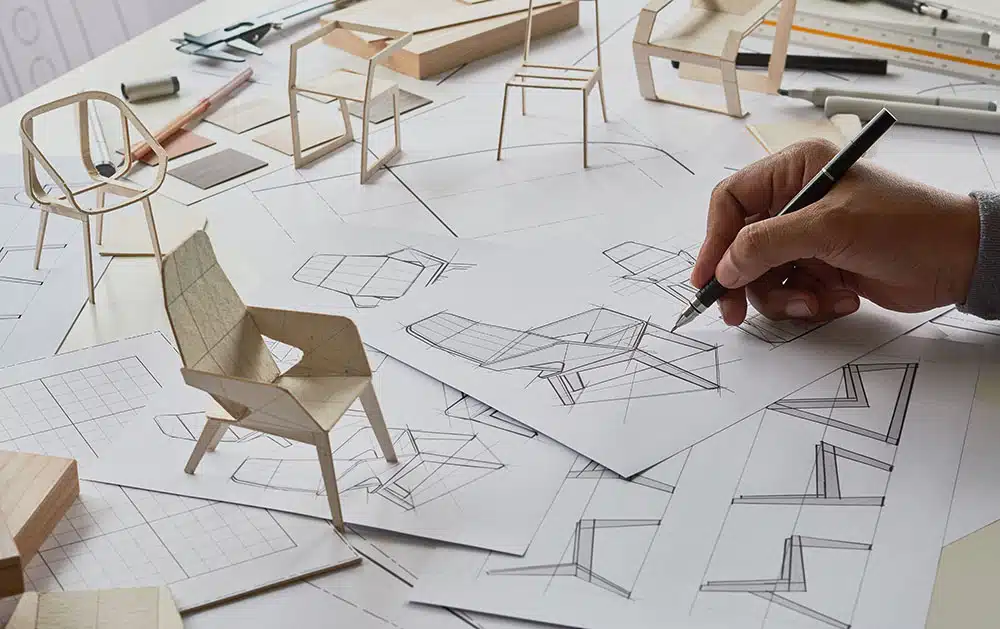
Functional Design
At the heart of our philosophy lies the belief that design should not only captivate the eye but enhance the user experience. We meticulously craft spaces, products, and interfaces that not only look good but work flawlessly. Our approach is a harmonious dance between aesthetics and purpose, where every curve, color, and component is thoughtfully considered.
Step into a universe where simplicity meets sophistication, and where every detail is an intentional choice. Our commitment to functional design goes beyond mere aesthetics; it’s a commitment to efficiency, usability, and an elevated lifestyle. We believe in creating environments and products that seamlessly integrate into your life, effortlessly enhancing your daily experiences.
Discover a world where innovation and practicality coalesce, giving rise to solutions that are as visually appealing as they are purposeful. Whether it’s a living space, a digital interface, or a tangible product, our functional designs are crafted to elevate your interactions and elevate your expectations.
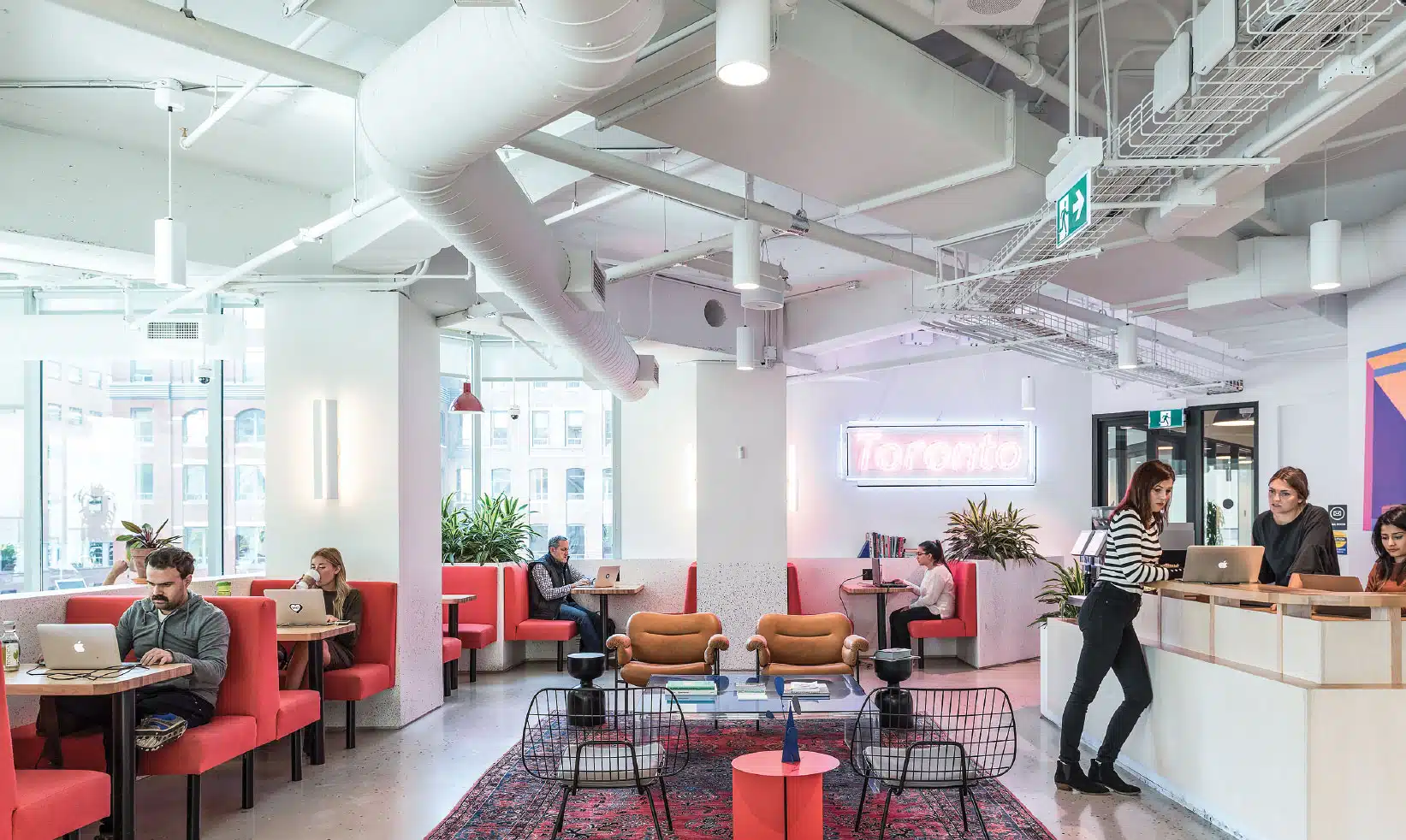
Office Space Design
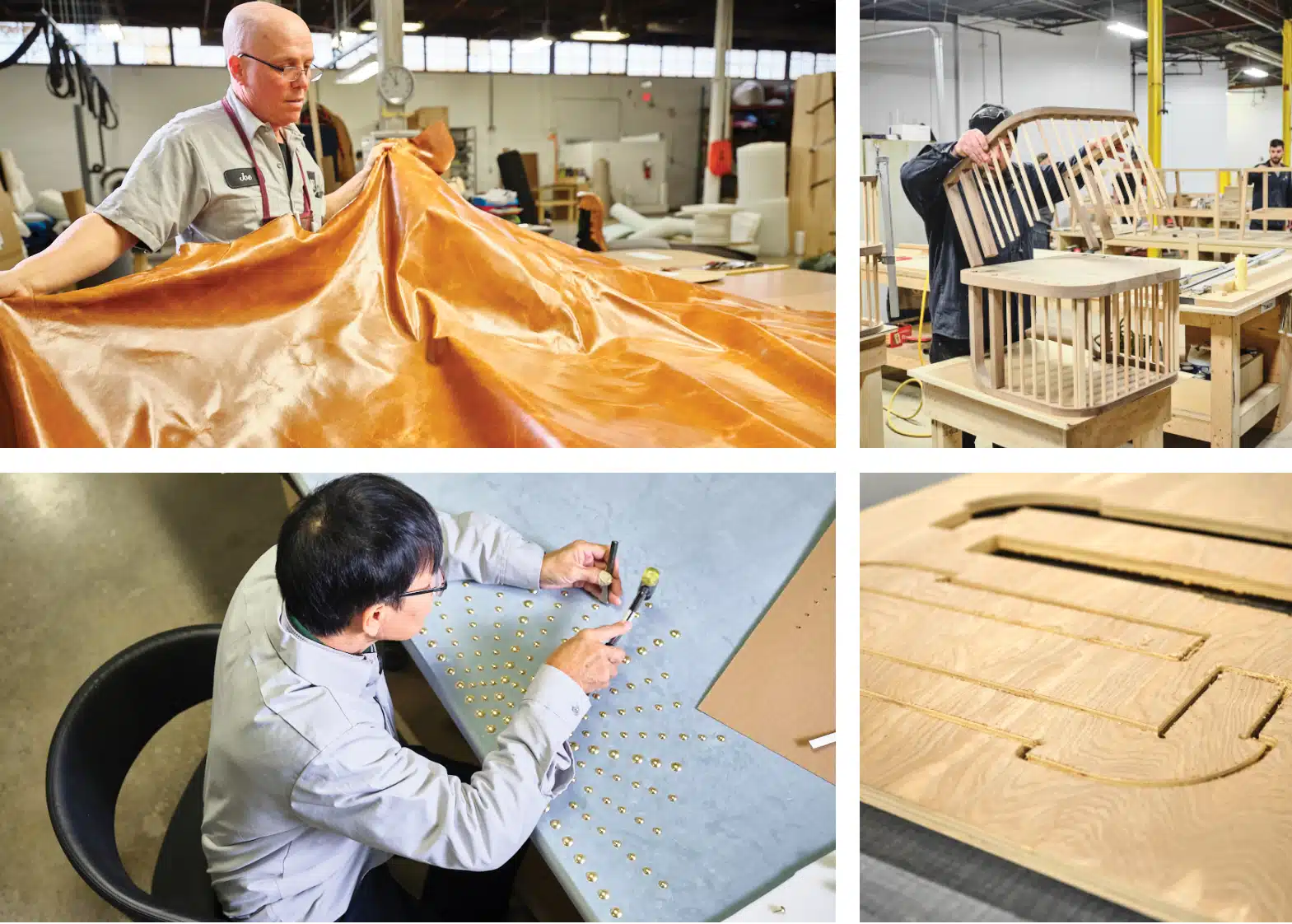
We are designers first
At RFP Design Group Inc, we pride ourselves on being the epitome of design excellence, where innovation meets unparalleled craftsmanship. As the industry’s foremost design trailblazers, we have mastered the art of seamlessly integrating style with functionality. What sets us apart is our unwavering commitment to creating spaces and products that transcend the ordinary. Our mastery is particularly evident in our exceptional use of wood veneers, where each piece is meticulously selected and expertly applied. The warm, organic allure of wood, coupled with our keen sense of style, results in designs that not only capture attention but also enrich the sensory experience. From contemporary chic to timeless elegance, our designs with wood veneers stand as a testament to our dedication to providing the finest fusion of aesthetics and usability. Choose RFP Design Group Inc. for an unparalleled journey into a realm where style and substance coalesce effortlessly.
